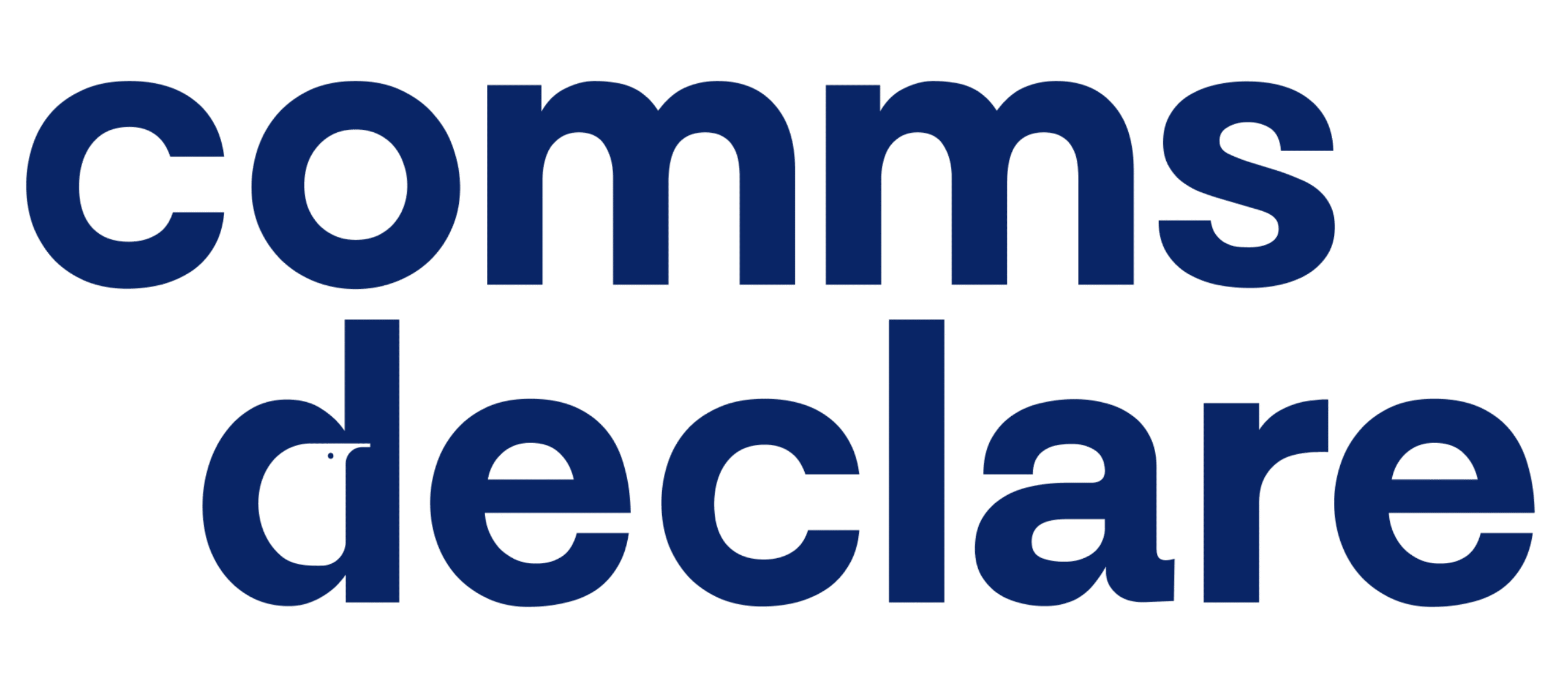Pretty much every poll shows that Australians overwhelmingly support renewables and climate action.
A recent YouGov poll of 15,000 Australians found 71% do not see coal or gas as part of our future energy mix and 61% support cutting greenhouse gas emissions by half by 2030.
Some of Australia’s biggest advertisers are on board, Coles and Woolworths are desperately trying to ‘out green’ each other, but our advertising and marketing associations are oddly mute.
The Australian Association of Australian Advertisers (AANA) is a member of the World Federation of Advertisers (WFA). The WFA has just launched a Planet Pledge which seeks to find “a clear role for marketing as a positive force for environmental change”. This is a fair call from an industry that has long created demand for products that aren’t doing the environment any favours.
Thirteen multinationals including Ikea, Unilever and Mastercard have joined, as have 22 national associations, including from France, the UK and Japan. But not the AANA. Why is this?
A clue is last year’s AANA review of its code of ethics that governs the self-regulation of our advertising. Polling and surveys found most people object to sexism and violence in advertising. So, they focused on those issues and left their Code of Environmental Claims unchanged, even though climate change is one of the most important issues for Australians overall.
The AANA and its regulator arm, Ad Standards, work with the rationale that their only job is to uphold community standards in advertising. Therefore, greenwashing ads that are completely misleading aren’t in breach of the code, if the average consumer is fooled by them. This is explained in a practice note.
“It is not intended that legal tests be applied to determine whether advertisements are misleading or deceptive, or likely to mislead or deceive, in the areas of concern to this Code. Instead, consideration will be given as to whether the average consumer in the target market would be likely to be misled or deceived by the material.”
This is clearly insufficient when it comes to coal and gas, where the biggest miners and retailers have spent squillions over decades to successfully persuade people that their products are clean and green and totally necessary for BBQs and hot showers.
Most people think AGL is a gas company, but its main energy source is coal. Most people think gas is clean, not realising its main component, methane, heats the atmosphere 87 times more than carbon dioxide.
The proof that the rules are too weak to be useful is that Ad Standards has only ever upheld one complaint on false environmental claims. One.
Ads that have passed muster under the current regime include one form Santos that claims “To build a better future, the natural choice is natural gas.” And an Origin Energy ad that states “Origin. Good energy”. Origin and Santos are some of Australia’s biggest greenhouse gas polluters.
Compare this to overseas, where ads for fossil fuels, SUVs and airlines are being banned as a measure to cut demand for products with high amounts of greenhouse gases.
Comms Declare’s industry survey last year found 57% of marketing, PR and ad agencies were aligning business strategy with the need to reduce emissions and 67% were aiming for net zero by 2040. This year we’re asking under 30s in the sector to tell us their views on climate, and we hope the results will be a wake up call for the industry.
The AANA and other Australian associations like them are rapidly being overtaken by this issue. There is no doubt they will soon be trying to stave off tobacco-style bans for fossil fuel advertising. They should take a leadership role on climate now, to protect self-regulation and remain relevant.
